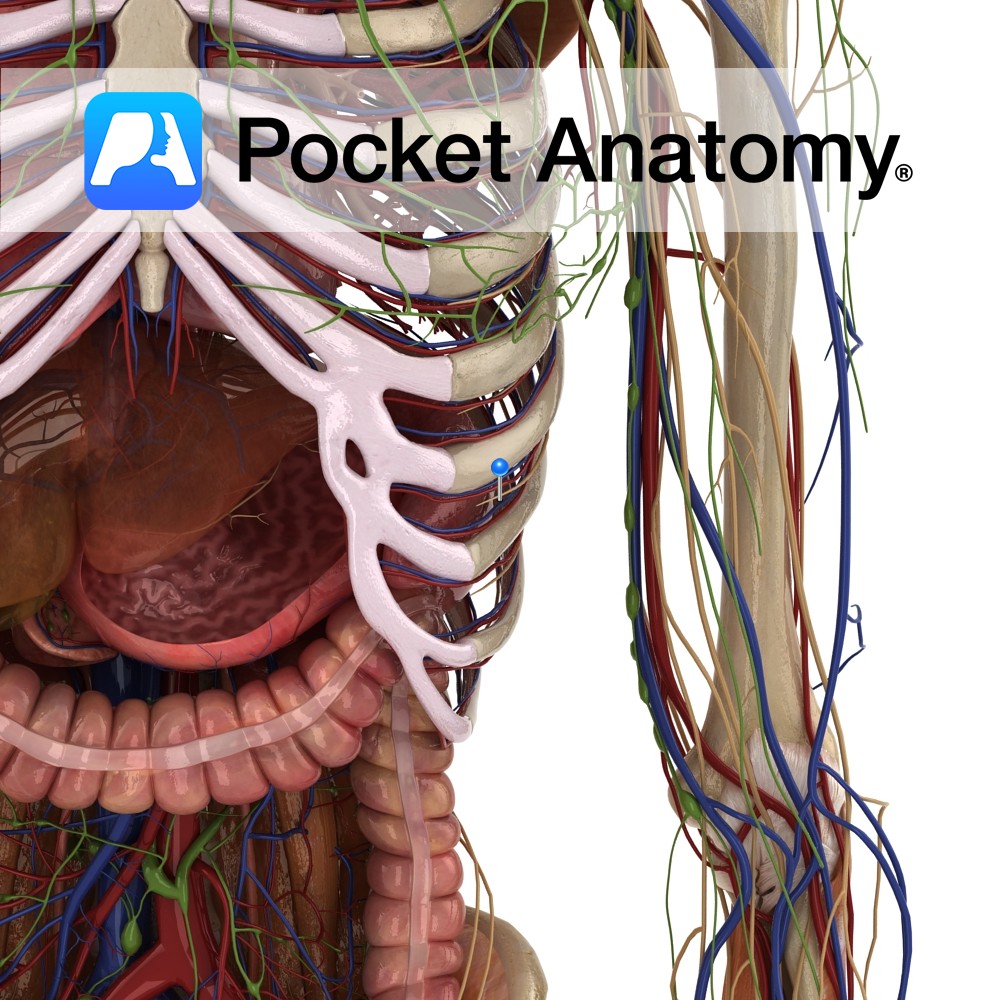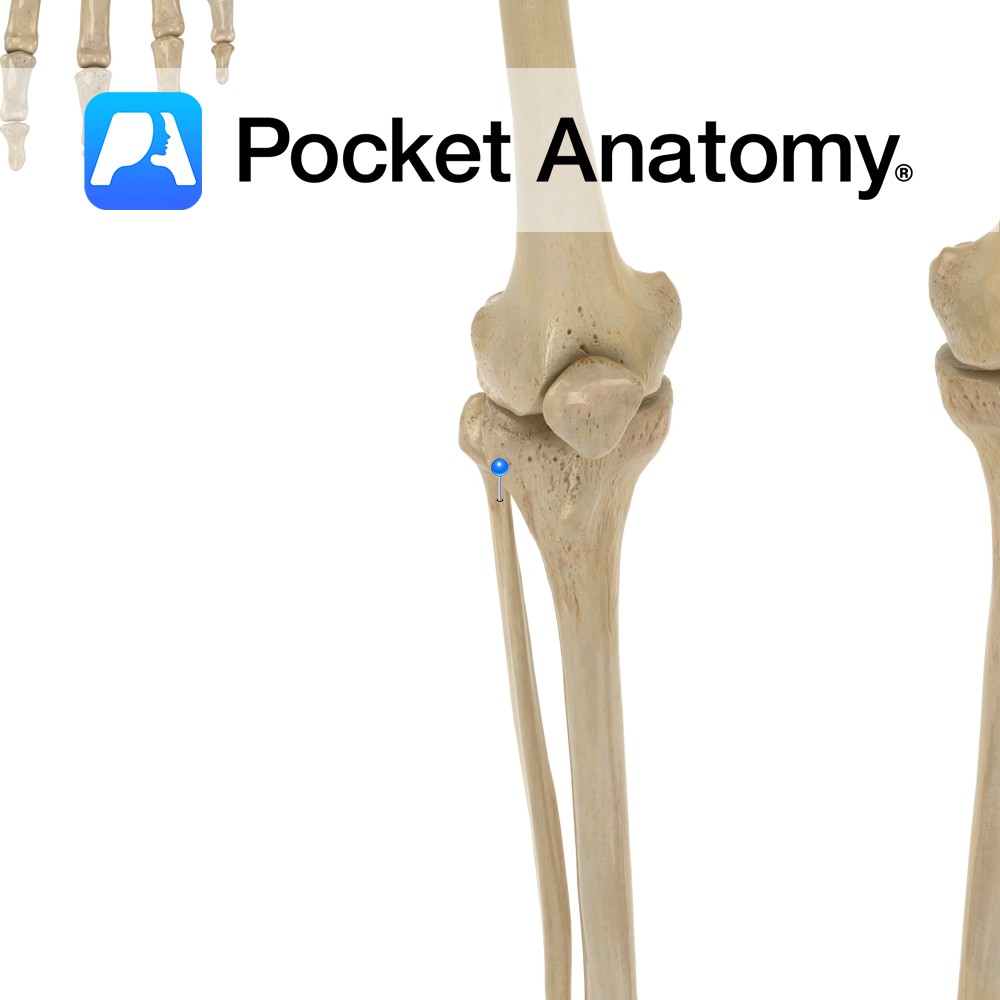Motion
The knee joint is a uniaxial* synovial modified hinge joint. It is the largest synovial joint in the body. The knee joint consists of two articulations between the thigh and the leg, one between the condyles of the femur and the tibia and one between the patella and the patellar surface of the femur. With this in mind it is often considered to have tibiofemoral and patellofemoral components.
*While the knee primarily permits flexion and extension it is capable of a small degree of medial and lateral rotation.
An example of the actions of the knee joint would be in running, jumping or kicking..
Stability
The fibrous capsule of the knee joint contributes to the joints stability.
The ligaments which are important in stabilizing the knee joint include:
-Medial collateral ligament
-Lateral collateral ligament
–Patellar ligament (anteriorly)
–Oblique popliteal ligament (posteriorly)
-Anterior cruciate ligament (intracapsular)
-Posterior cruciate ligament (intracapsular)
The main muscles involved in stabilizing the knee joint are:
-Quadriceps femoris (anteriorly)
-Gastrocnemius
-Hamstrings (posteriorly)
The knee joint is further stabilized by the fibrocartilagenous medial and lateral menisci. These c-shaped structures also act as shock absorbers to the knee.
The knee is further stabilized in full extension due to a ‘locking mechanism’. The knee is locked in full extension by slight medial rotation of the femur on the tibia in the last 10° of extension. This tightens all the ligaments in preparation for weight bearing.
Muscles
Flexion:
Semimembranosus
Semitendinosus
Biceps femoris
Gracilis
Sartorius
Popliteus
Gastrocnemius
Plantaris
Extension:
Quadriceps femoris (vastus medialis, intermedius, and lateralis, and rectus femoris)
Tensor fascia lata (assists)
Medial Rotation:
Semimembranosus (medial rotation of flexed leg)
Semitendinosus (medial rotation of flexed leg)
Sartorius(assists in medial rotation)
Gracilis (assists in medial rotation)
Popliteus (medial rotation when the knee is flexed)
Lateral Rotation:
Biceps femoris (lateral rotation of flexed leg)
Popliteus (lateral rotation to begin flexion.
Clinical
Rupture of the cruciate ligaments often occurs as a result of a severe anterior or posterior force to the knee joint. The anterior cruciate ligament (ACL) is one of the most common ligaments of knee to be injured frequently seen in sport players. It is usually as a result of twisting of the knee causing overstretching or tearing of the ACL .
A positive anterior drawer test is one indicator that the ACL has indeed been torn. This is when the proximal head of the patients tibia can be pulled anteriorly on the patients femur. The test is done by getting the patient to lay supine on a couch with their knee flexed to 90° and the heel and sole of their foot on the couch. The physician would sit lightly on the patients foot. The physicians index finger is used to ensure the hamstrings are relaxed while the other fingers pull the tibia forward. Forward movement of the tibia represents a positive test.
Interested in taking our award-winning Pocket Anatomy app for a test drive?


.jpg)


